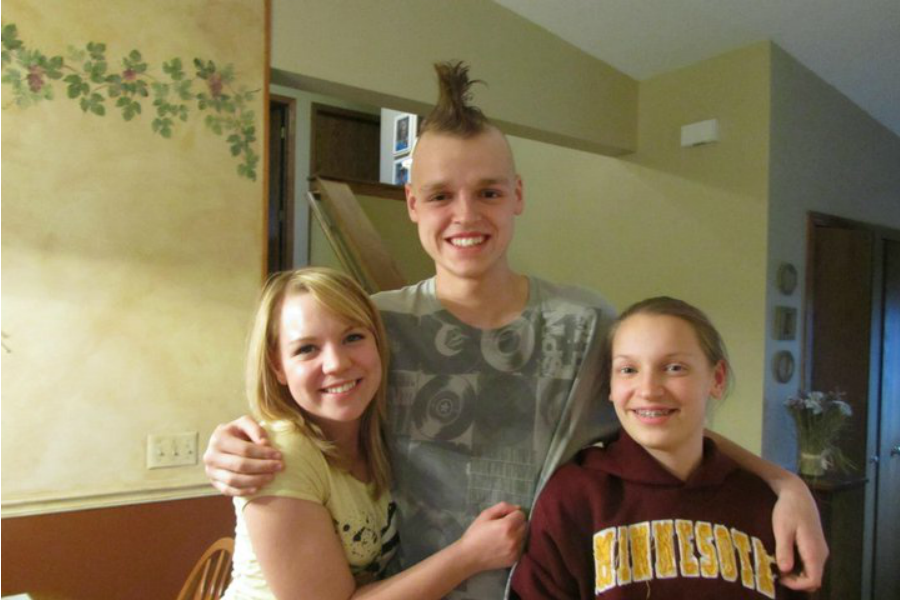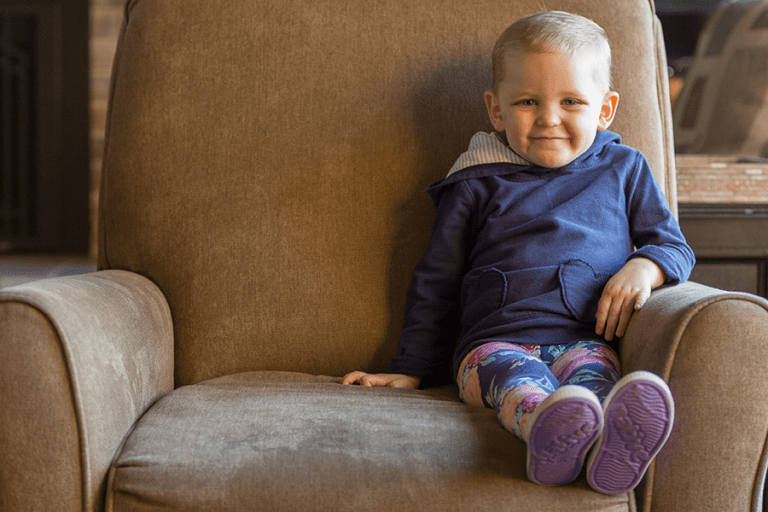It’s funny how one place can create so many narratives in your life. For me, that place is the University of Minnesota- Twin Cities. Nestled in my dorm room surrounded by the cloud of a November mid-afternoon, it’s where I got the piercing phone call that my 14-year-old brother wasn’t just my brother anymore; He was going to be “a cancer patient” treated a block away.
Across the street from my old dorm, 8 years later to the very day, it’s the place where I sat at a conference table, with a researcher who’s trying to understand and destroy the disease that killed Zach.
Before Zach died, it was hard to be his sister. Making weekend trips home from college felt a lot more like a life/death situation than a decision to do my laundry. I felt like I was dripping with tar, all of my insides bruised blue- I wanted to be his confidante, but that was his girlfriend. I wanted to be his caregiver, but that was my mom. My role was to make him CD mixes with sad and hopeful songs, ride shotgun and talk about what would happen after he died and laugh about his potential post-death visits.
I had a lot of tragic energy and nowhere to put it.
My place wasn’t clear until after he died, and I took a position at Children’s Cancer Research Fund.
That’s where the conference table comes in:
It was an early work morning, the anniversary of Zach’s diagnosis, and Logan Spector and Michelle Roesler of the epidemiology department had a presentation projected on the wall: There was Zach, big toothy grin, bowed over his favorite guitar, with the words “Biology of Osteosarcoma (BOOST) Registry and Biobank” written above him.
Many of you know how donors from around the world helped my family and CCRF start the Zach Sobiech Osteosarcoma Fund. Those donations helped launch the biobank (BOOST) which will help Dr. Spector predict who is going to get osteosarcoma, learn how to catch the disease early on and hopefully, quite literally, save lives.
As they described BOOST to me, I thought of the day I sobbed in my dorm 8 years earlier, of laying on the hospital cot and listening to the clicks, beeps and breaths that punctuated seconds, minutes and hours until dawn. And I imagined what was going to lie ahead.
Dr. Spector told me I, and any osteosarcoma survivor or parent/sibling of someone with osteosarcoma, could give DNA to the biobank to help map out osteosarcoma; I could help put together the pieces of the disease, help paint its hideous face and destroy it.
I couldn’t save Zach, but through this research, I can help save kids like him. Every mother, father, brother or sister who lost their loved one – we can still win. Every survivor who has beaten this disease can look it in the eyes and say, “No one else.”
After the meeting with Dr. Spector, I walked to the top of the parking garage overlooking the hospital where Zach was treated, the dorm where I spent the hardest years of my life, and the building where we’re going to tackle this disease. I thought, this is where the tragic energy ended up. I have somewhere to put it.
How You Can Participate in Osteosarcoma Research
Patients and families can participate in research online to help scientists understand why children and young adults get osteosarcoma. It’s open to any osteosarcoma patient at any age, no matter how long ago they were diagnosed. Families of those who have passed away from osteosarcoma are encouraged to register as well. We want to get 500 patients and families enrolled.
Here’s how you can help:
If you have/had osteosarcoma or you’re a parent of an osteosarcoma patient, you can participate here. If you know someone who has been affected by osteosarcoma, please share this link with them.
Written by Alli Shoemaker
Marketing and Communications Coordinator at Children’s Cancer Research Fund




